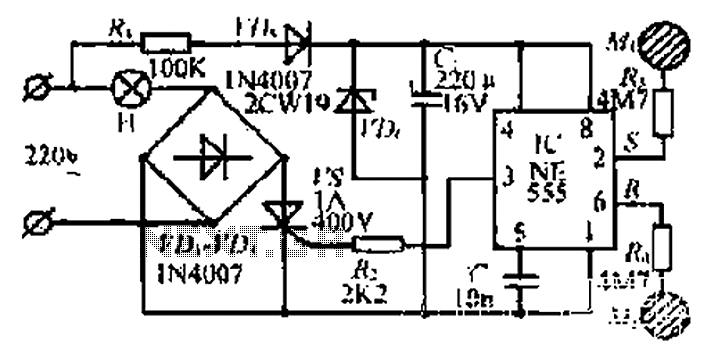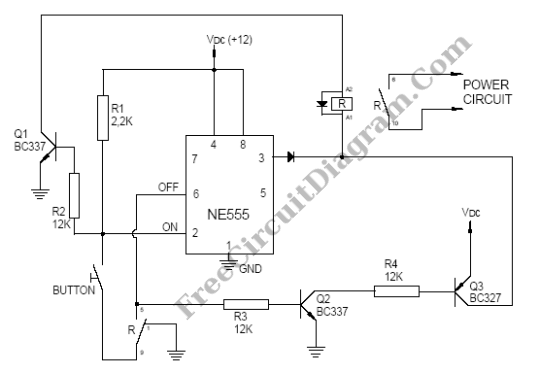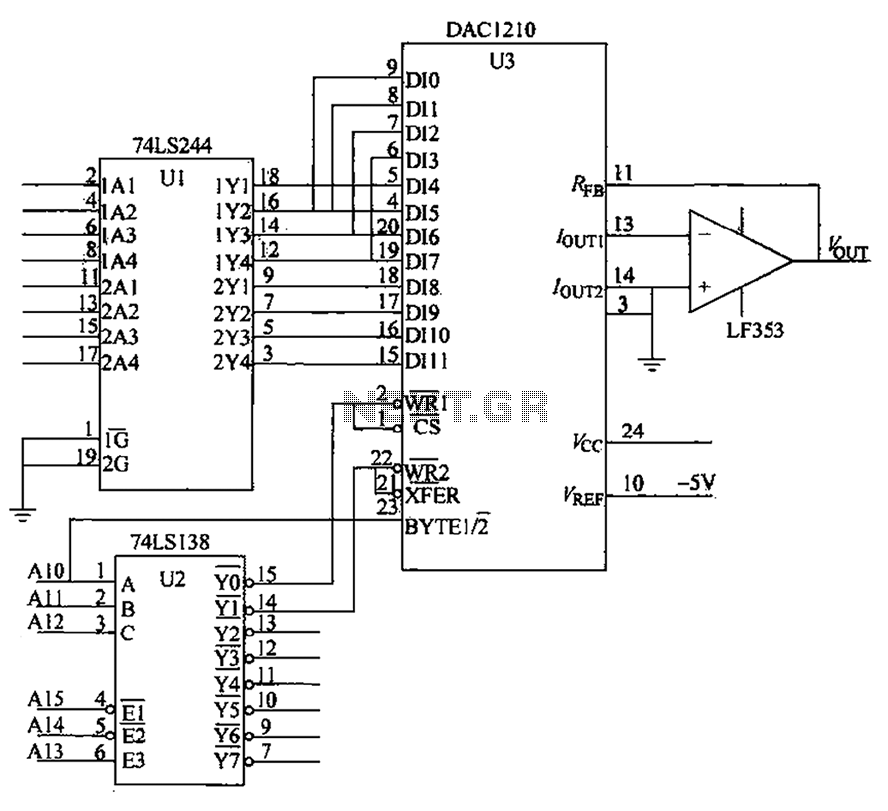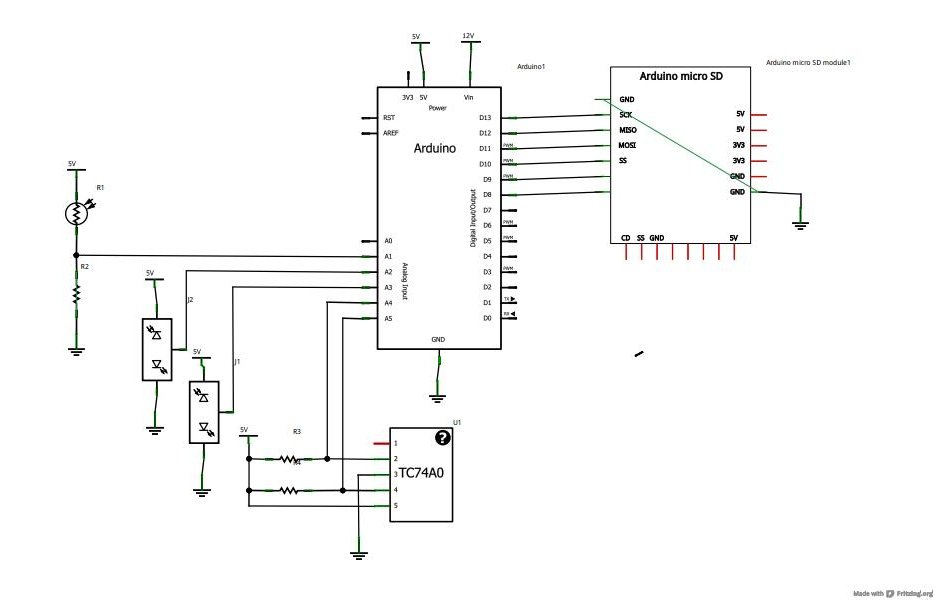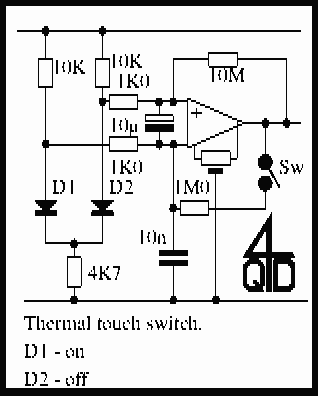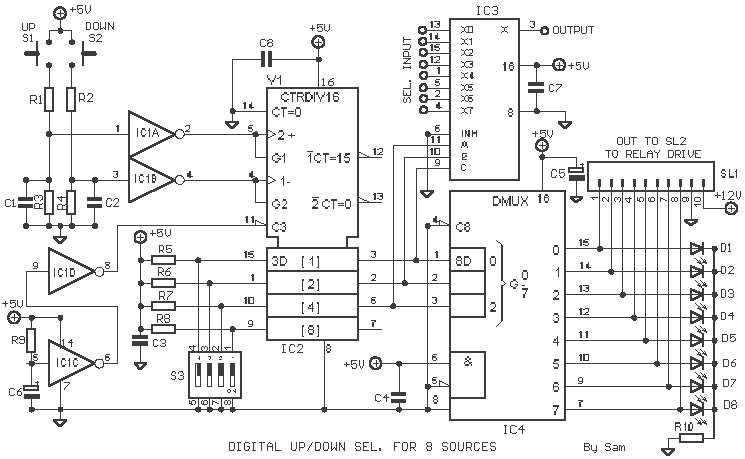
Touch Switch Data Input Interface
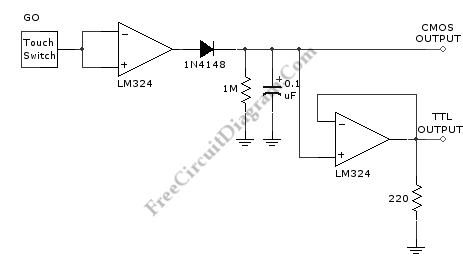
This is an interface circuit for digital data input. The circuit consists of a touch button, an operational amplifier (op-amp), a diode, a capacitor, and resistors. Any conductive surface can be used.
The interface circuit designed for digital data input utilizes a touch button as the primary input mechanism. When the touch button is activated, it sends a signal to the operational amplifier, which amplifies the input signal for further processing. The op-amp is configured in a non-inverting mode to ensure that the output signal is a clean, amplified version of the input.
The diode serves as a protection element, preventing reverse current that could potentially damage the circuit components. It ensures that the current flows in one direction, thereby safeguarding the op-amp and other sensitive components.
A capacitor is included in the circuit to filter out noise from the signal, providing a more stable output. It can also be used for debouncing the touch button, which eliminates false triggering caused by mechanical vibrations when the button is pressed or released.
Resistors are strategically placed within the circuit to set the gain of the op-amp, control the charging and discharging rates of the capacitor, and limit the current flowing through the diode. The values of these resistors can be adjusted based on the desired sensitivity and response time of the touch interface.
Overall, this interface circuit is versatile and can accommodate any conductive surface, making it suitable for various applications requiring digital data input through touch activation.This is an interface circuit for digital data input. This circuit consist of touch button, op-amp, diode, capacitor and resistors. Any conductor surface can be. 🔗 External reference
The interface circuit designed for digital data input utilizes a touch button as the primary input mechanism. When the touch button is activated, it sends a signal to the operational amplifier, which amplifies the input signal for further processing. The op-amp is configured in a non-inverting mode to ensure that the output signal is a clean, amplified version of the input.
The diode serves as a protection element, preventing reverse current that could potentially damage the circuit components. It ensures that the current flows in one direction, thereby safeguarding the op-amp and other sensitive components.
A capacitor is included in the circuit to filter out noise from the signal, providing a more stable output. It can also be used for debouncing the touch button, which eliminates false triggering caused by mechanical vibrations when the button is pressed or released.
Resistors are strategically placed within the circuit to set the gain of the op-amp, control the charging and discharging rates of the capacitor, and limit the current flowing through the diode. The values of these resistors can be adjusted based on the desired sensitivity and response time of the touch interface.
Overall, this interface circuit is versatile and can accommodate any conductive surface, making it suitable for various applications requiring digital data input through touch activation.This is an interface circuit for digital data input. This circuit consist of touch button, op-amp, diode, capacitor and resistors. Any conductor surface can be. 🔗 External reference
Warning: include(partials/cookie-banner.php): Failed to open stream: Permission denied in /var/www/html/nextgr/view-circuit.php on line 713
Warning: include(): Failed opening 'partials/cookie-banner.php' for inclusion (include_path='.:/usr/share/php') in /var/www/html/nextgr/view-circuit.php on line 713
